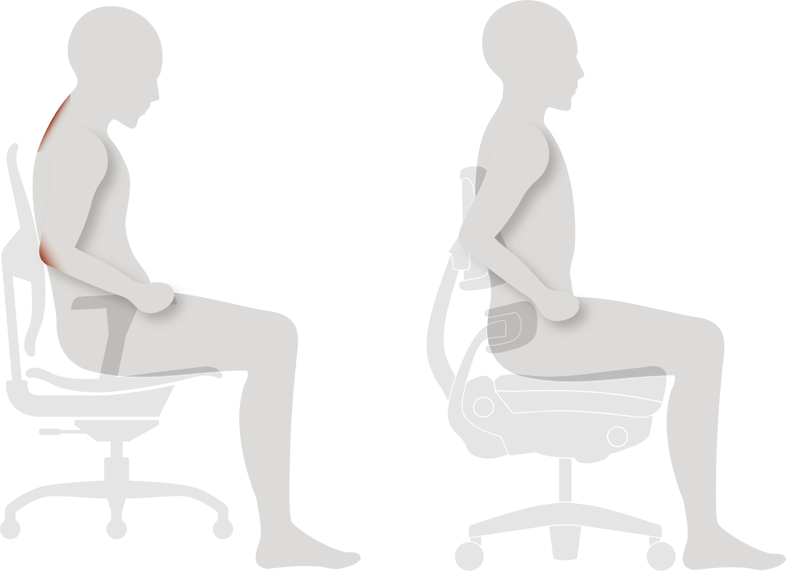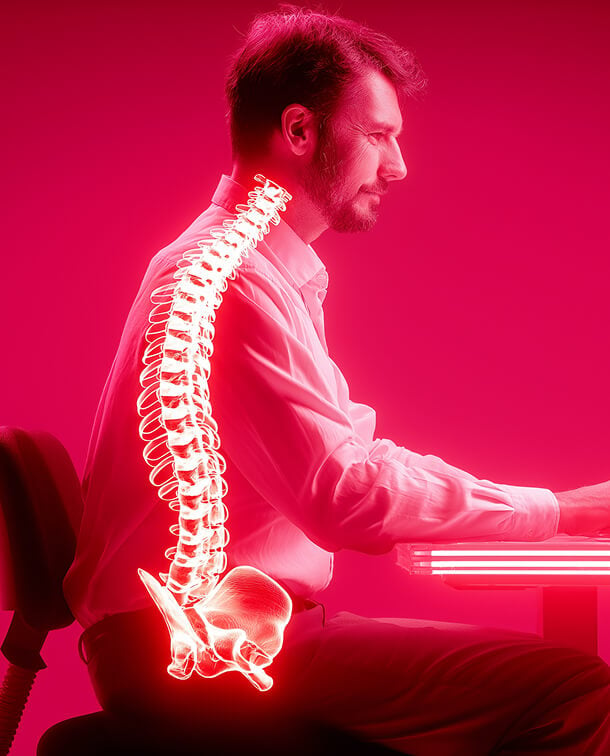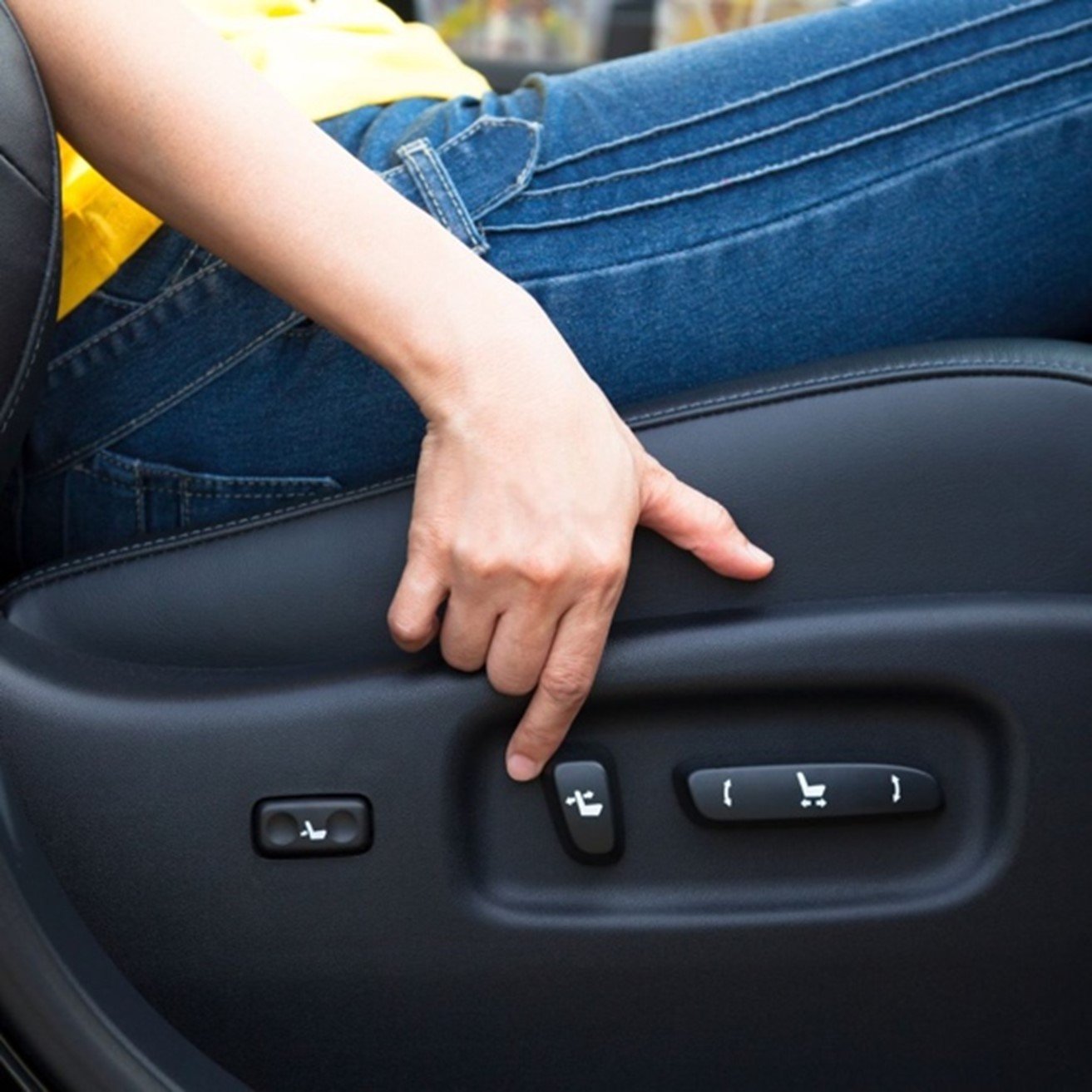DON’T LET SHOULDER PAIN LIMIT YOUR PRODUCTIVITY
Posture is always a work in progress for me and for most humans. I want to get the most out of my day, so I eat well (gluten is the enemy), work out, and practice mindfulness, but my posture is the last thing on my mind. I can hear my mom telling me; “Ashley, sit up straight”! Turns out she was right, and the consequences of not doing so were long-lasting.It was a tough realization for me. Posture plays an important role in shoulder function and could be the root cause of pain in that area.
Let’s do a test so that you can feel what I am describing. Get into that slouched that posture that we all find ourselves falling into at the end of the day.
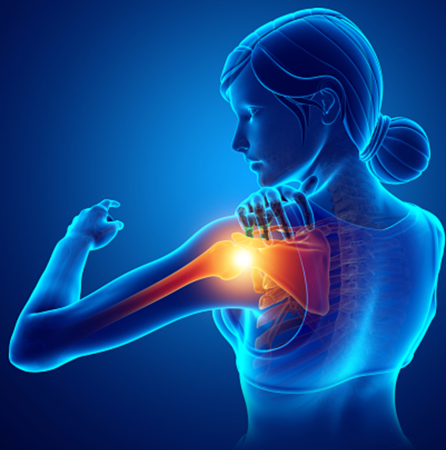
While in a slouched posture, try to raise both arms overhead like you are doing a jumping jack. It’s hard right? Perhaps it's a bit painful, and you feel restricted as you struggle to raise your arms up all the way overhead. Now, sit up straight, as my mom would say, in a military-like posture. Now perform that same motion and raise both arms overhead. See how it’s easier and you don’t feel restricted?
Why is that?
The shoulder joint is a very complex ball and socket joint. Its movement depends heavily on the position of the boney anatomy around it (i.e., the scapula, humerus, and collarbone). The muscles run through the space between each of the positions of these bones. If they are not properly aligned and are strained in a poor or slumped posture, then you will get reduced ROM and eventually pain.
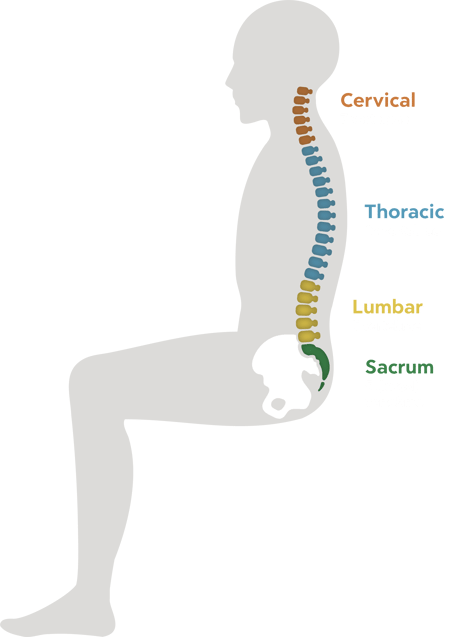
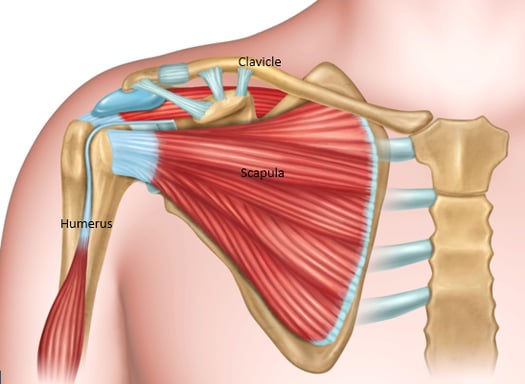
Poor Posture and the Shoulder
When we sit in a slumped/slouched posture our head is shifted forward, shoulders are rounded, and the scapula is tilted forward. This position reduces space between this boney anatomy, preventing the muscles from moving freely and causing strain.
Kalra et al. stated that a slouched posture is linked to shoulder pain and to changes in scapular position, shoulder strength, and range of motion, which may contribute to disability.1
Dangerous results of poor posture
Shoulder Impingement: The tendons of the muscles that pass through this compressed space become inflamed, decreasing range of motion and increasing risk of rotator cuff tear.
Tendonitis: A forward slump and the excessive forward tilt of the scapula can throw off the mechanics of the shoulder joint, the “scapular humeral rhythm.” Imbalance of this rhythm can increase wear and tear on the muscles surrounding the shoulder joint.
Muscle Imbalance: Maintaining posture over time can shorten and tighten some muscles while lengthening and weakening others. Such poor mechanics can result in pain in other areas such as the neck and back.
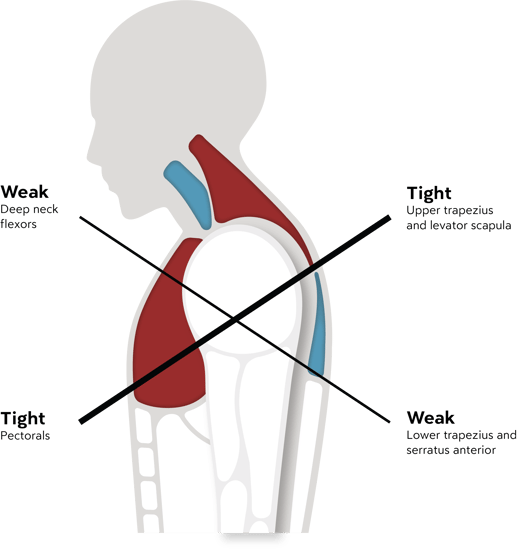
These conditions not only cause pain but can also reduce your ability to be physically active outside out work
How can we prevent this?
Not sit in a slumped posture!! (obviously.) Sounds easy, right? The truth is that it’s incredibly difficult to maintain a good posture, and the traditional office chair doesn’t support you in the right places to promote good posture or prevent shoulder pain. The KEY to supporting the body is to support the pelvis in a neutral or anterior alignment and then the rest of the spine above it will stack into neutral alignment.
Black et al. found that pelvic anterior tilting produces lumbar lordosis, which induces correct posture of the neck.2
Once the spine is aligned, the shape of the chair back must be tapered to support the natural alignment of the shoulders. Most traditional office chairs have wide and tall backs that contribute to poor posture by pushing the shoulders forward into a rounded position.
Anthros is the only office chair that supports the pelvis, bringing the rest of the body into alignment.
References:
- Kalra N, Seitz A, Boardman N, Michener L. Effect of posture on acromiohumeral distance with arm elevation in subjects with and without rotator cuff disease using ultrasonography. JOSPT. 2010. 40(10): p. 633-640.
- Black KM, McClure P, Polansky M: The influence of different sitting positions on cervical and lumbar posture. Spine, 1996, 21: 65–70.
Recent Post
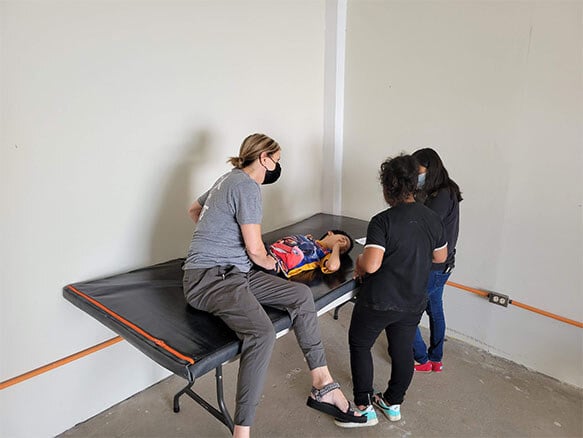
Four Lessons About Seating Everyone Can Learn from Wheelchair Users
September 18, 2025Working with wheelchair users has been an...
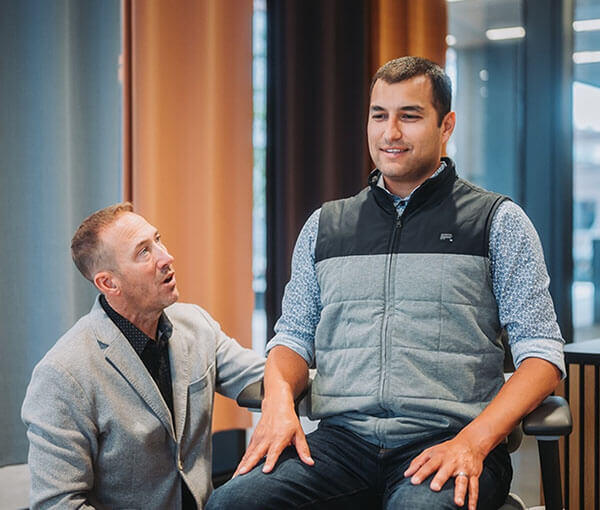
People Over Profits: Why Anthros Puts Comfort and Care First
September 17, 2025At Anthros, our mission is simple: to put people...




